Endless Motion
Whether on film or digital, Alberto Dall’Osso from Italy uses photography as a form of expression, creating work with a unique and personal approach, which is impossible to remain indifferent to.
Always pursuing simplicity, Alberto uses mostly an X100T, shooting at very low shutter speeds, to create moody and blurred images.
We are proud to present you with “Endless Motion”, an interview with Alberto Dall’Osso.
And be sure to check out his zine, in THIS post we published previously.
Hi Alberto, it’s a great pleasure to have you for this interview! Could you please start by introducing yourself to our readers?
Hello and thank you for having me. My name is Alberto, I’m 34, I’m from Italy and photography is one of the most important things in my life. I shoot both digital and film (which I develop and print myself in the darkroom), almost exclusively black and white.
When did you first get interested in Photography, and do you still remember your first camera?
I started shooting when I was 24. Weirdly enough, my first camera was a film camera, a Canon EOS Rebel 2000 I stumbled upon by chance. I bought a few rolls of film and started shooting randomly. I taught myself the basics of exposure reading the camera manual actually… I used to write down each frame’s exposure settings on a notebook and check afterwards to compare the results.
I believe that has been a fantastic way to start shooting really, knowing I had 36 frames per roll forced me to slow down and think about the settings before pressing the shutter release, something that we often overlook with digital cameras.
What kind of work did you start doing initially?
By the time I had those few rolls developed and printed, I was hooked. Shortly after, I got myself a digital camera, a Nikon DSLR with a couple of lenses, tripod, filters, and started shooting. Landscapes mostly. I loved taking long exposures, not much because I liked the genre really, I just enjoyed taking a couple of hours for myself to disconnect, sit down and contemplate nature whilst shooting. It was liberating.
I went on with this kind of photography for a year or two. Changed a couple of bodies along the way, got new lenses, read countless articles and watched YouTube videos explaining how to get the sharpest image or why that new camera body was better than the one I had. The usual stuff.
Right: Fuji X-T10 . Fuji XF35mmF1.4 . f/1.4 . 1/3000″ . ISO 400
After starting in the world of photography through landscapes, how did the evolution to your current approach take place?
As much as I was enjoying the whole process, though, after a while, I started growing a distinct feeling of anxiety about my images. I had this increasing urge to express myself, to communicate something about me or my point of view. But the truth was that my images were merely descriptive, there was nothing personal or subjective in any of them.
At that point, I had a dramatic change in my approach to photography. I sold all my Nikon gear and got a Fuji X-T10 with the 35mm f/1.4. I started studying the work of the great photographers, going to exhibitions, attending workshops. I was at a point where I was basically selling cameras and lenses to buy books.
I gave up with landscapes and got more interested in street photography, portraits and personal stuff. I also gave up with color and decided that black and white was definitely more appropriate for my visual purpose (also because I’m actually colorblind).
My way of shooting changed drastically. I couldn’t care less about things like sharpness, dynamic range, histogram, and so on. I wanted to capture how I felt about a place rather than the description of it. I wanted to hide rather than show, to raise questions rather than give answers.
This is how I developed a much deeper relationship with photography. It has become a way to express myself, to record my life, to feel empathetic with the world and the people around me.
I started printing my work as much as possible, and got back to shooting film. Last year I also set up a darkroom together with a friend and started developing and printing my own film. The darkroom is such a magical place… you’d never want to get out of it. I think I’ll be dedicating more to film photography in the future.
Speaking of great photographers, could you name a few who, in some way, may have influenced your work, your visual culture?
Oh my, where do I begin with… There are so many photographers I deeply admire and whose work moves me profoundly. To keep it short I’ll just give you my favorite 10 photo books among the ones I own (and remember: photo books make you happy).
1 – Masahisa Fukase, Ravens
2 – Nobuyoshi Araki, Sentimental Journey
3 – Josef Koudelka, Exiles
4 – Machiel Botman, Rainchild
5 – Eikoh Hosoe, Kamaitachi
6 – Gueorgui Pinkhassov, Sightwalk
7 – Trent Parke, Minutes to Midnight
8 – Shoji Ueda, Process and Creation
9 – Takuma Nakahira, For a language to come
10 – Todd Hido, on Landscapes, Interiors and the Nude
I did not mention Provoke in the list because it’s not properly a photo book, but probably this is the photographic work that influenced me the most. It was a series of low-cost magazines self-printed by a formation of young photographers (Daido Moriyama and Takuma Nakahira among them) in the late 60s and early 70s in Japan.
They created a new conceptual photographic language of political and social protest that subverted realism and every rule that had dominated the world of photography until then. The keywords were: are, bure, boke, which means raw, blurred, out of focus.
Right: Fuji X100T . f/2.0 . 1.7″ . ISO 6400
Considering the type of work that you do, what are the advantages and disadvantages of the Fuji X system?
My gear philosophy is really simple: less is more. When I shoot, I want to leave out all the possible distractions and focus only on my vision and feelings. One camera, one lens, one eye. Right now, my camera for digital work is a Fuji X100T. I am deeply in love with this camera, and despite its age, I plan to keep it for many years to come.
It just suits my working style perfectly: it’s small, compact, discrete and most of all, it’s a thing of such beauty I want to take it with me every time I go out. Moreover, the leaf shutter is fantastic to go unnoticed when shooting in the streets, and also the built-in ND filter is something I take advantage of in many occasions.
Right: Konica Hexar RF . Ilford HP5
What is your current cameras and lenses kit?
Apart from my beloved X100T, I also have an X-Pro2, which I use for commercial purposes (weddings mostly), with 3 lenses: the 18mm f/2, the 35mm f/1.4 (the best lens I ever used in my life) and the 56mm f/1.2.
For my analog work I use a Leica M6 with a Voigtlander Nokton 35mm f/1.4.
I prefer rangefinder-style cameras and only shoot with prime lenses.
We understand that you prefer to use a set of prime lenses instead of zooms. What is your favourite focal length, and why?
With my current setup I have the 4 major primes available: 28mm, 35mm, 50mm and 85mm.
Even though I like the elegant and clean look of the 50, my favorite focal length is definitely 35mm. It’s the most versatile and the closest to my eye’s natural field of view.
Right: Fuji X100T . f/16 . 1/6″ . ISO 200
Depending on the situation, of course, to create this type of work what are your usual camera settings?
When I shoot, I try to keep things as simple as possible. If I’m shooting digital, I leave the camera on Auto ISO, stop down my aperture at f/8 or f/11 and underexpose by 1 or 2 stops. If I want to blur the movement, I take advantage of the built-in ND filter of the X100T and slow down my shutter at around 1/8th.
If I’m shooting analog, I’d basically do the same thing except for the ISO (duh). My favorite film is the Ilford HP5+, which is a fantastic 400 ISO black and white film, extremely versatile, cheap and easy to develop. I often push it two stops, at 1600 ISO, to get that extra gritty and contrasty look. In either case, film or digital, I zone focus.
What software do you use and what are the basic steps you take in your post-processing workflow to achieve that distinguishable look in your images?
My digital workflow is based on Lightroom. I import my raws and then start editing (with editing I mean selecting and sequencing). I try to be strict when editing and usually end up deleting 80% of the shots from the day. After that, I post-process the keepers real quick (I have a couple of presets based on VSCO film), and that’s it.
For analog it’s much more complicated. I usually develop my rolls and then print the contact sheets. After that, I edit the contact sheets and select the images worth printing. When that’s done, I’ll finally lock myself up in the darkroom and let the real fun begin…
Right: Fuji X100T . f/8 . 1/550″ . ISO 200
Right: Fuji X100T . f/8 . 1/125″ . ISO 400
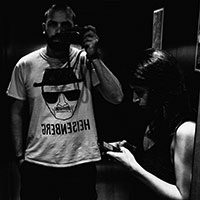
“Street dweller, darkroom drifter, ramen craver. They told me that the classics never go out of style but they do, they do.”



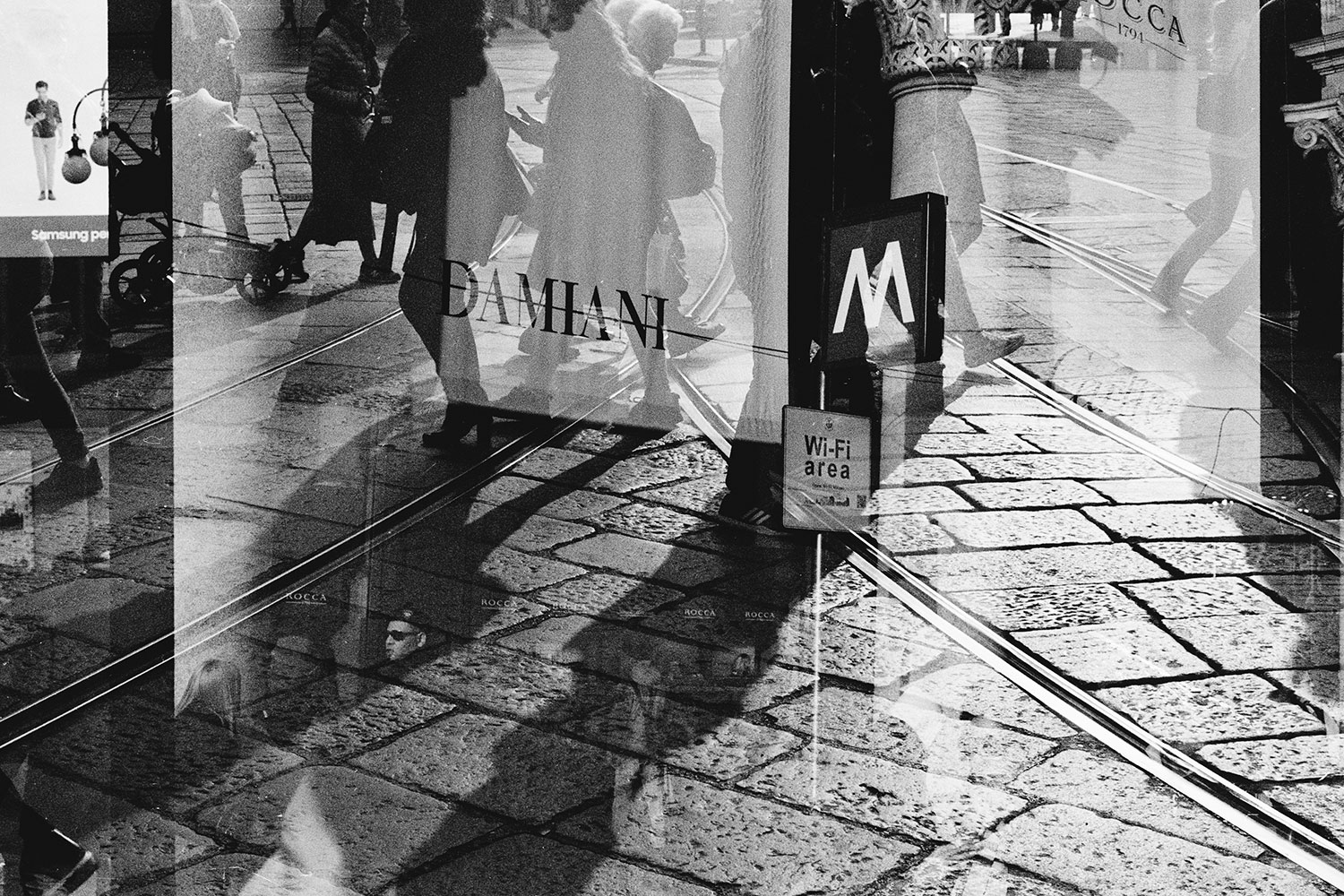




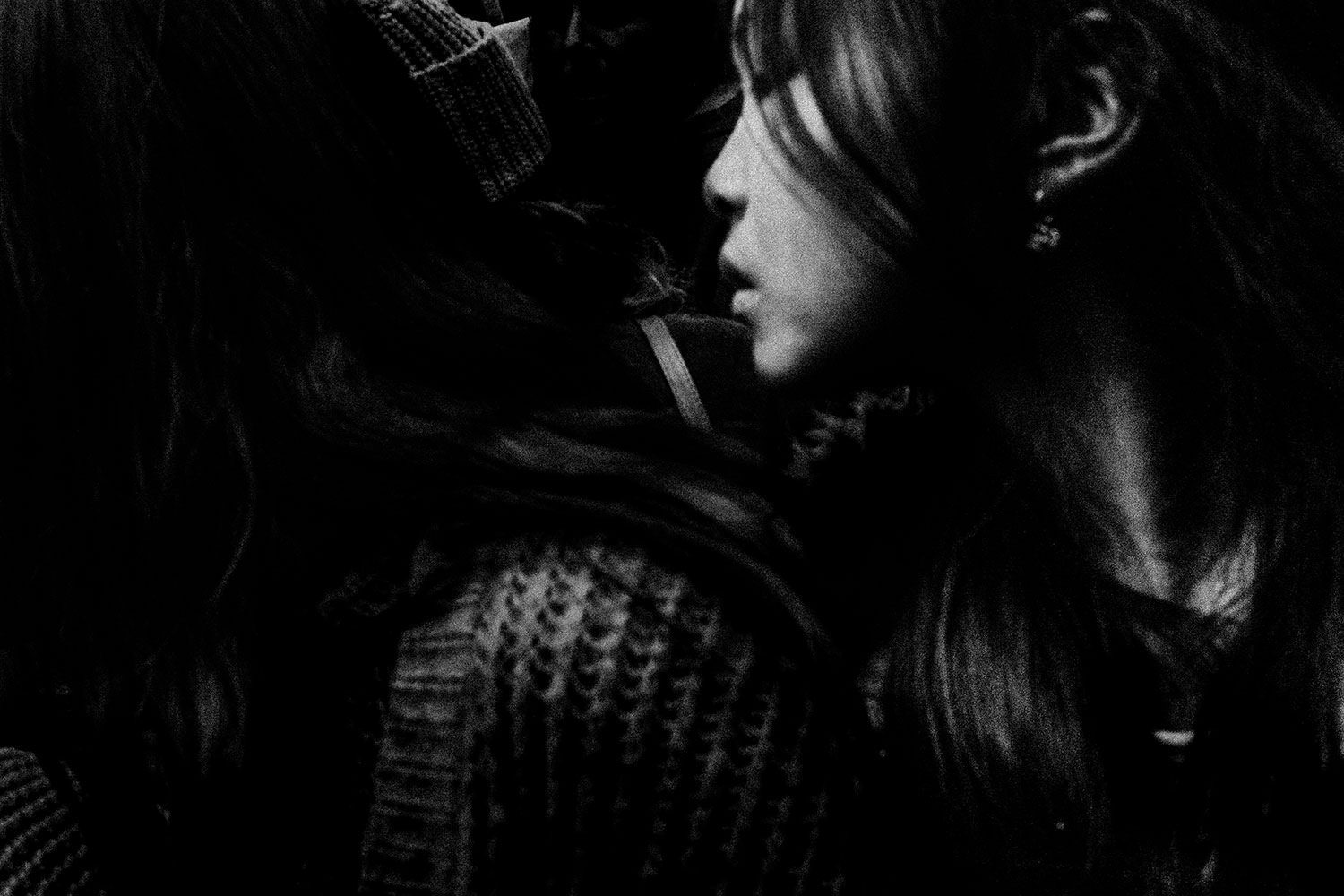

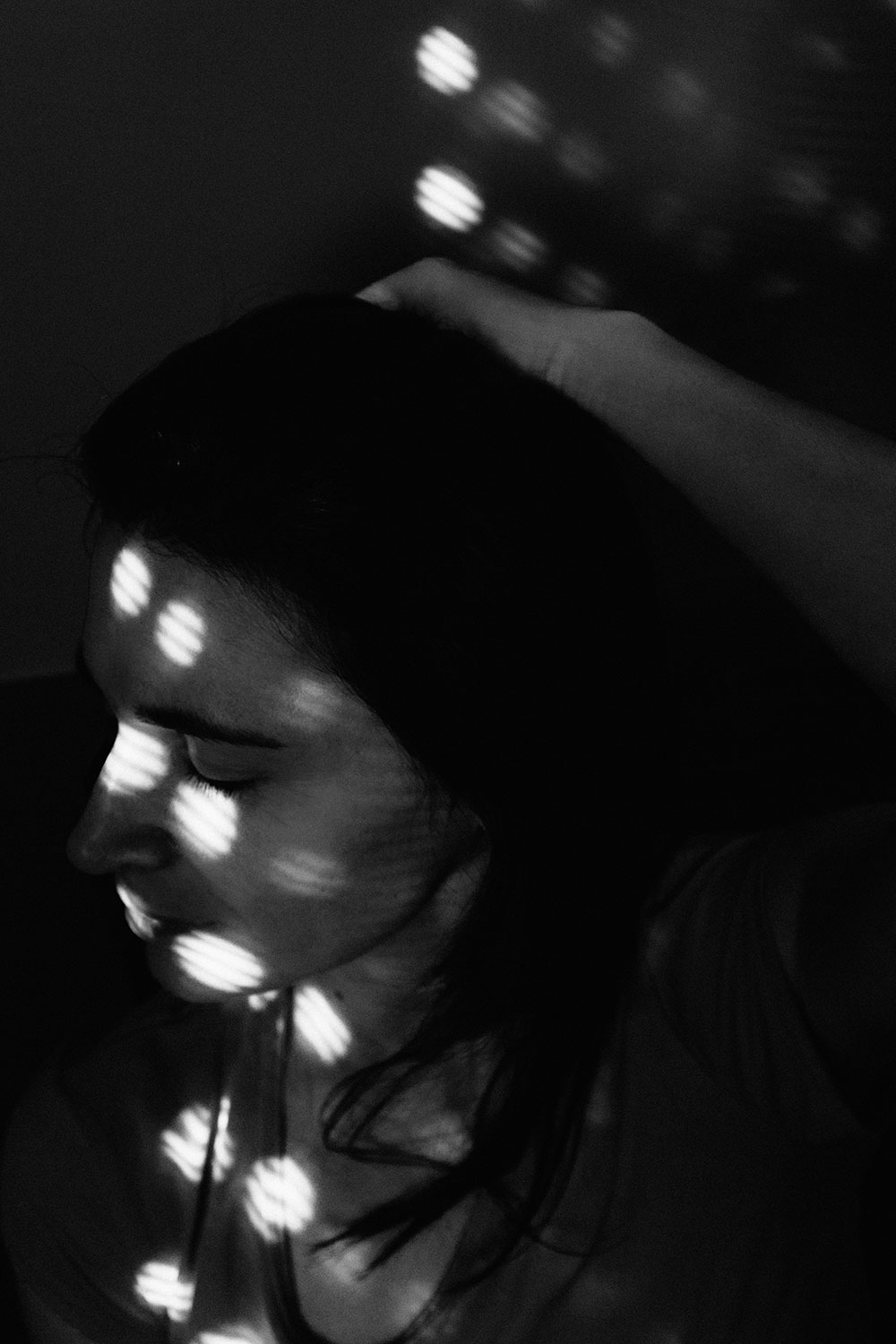


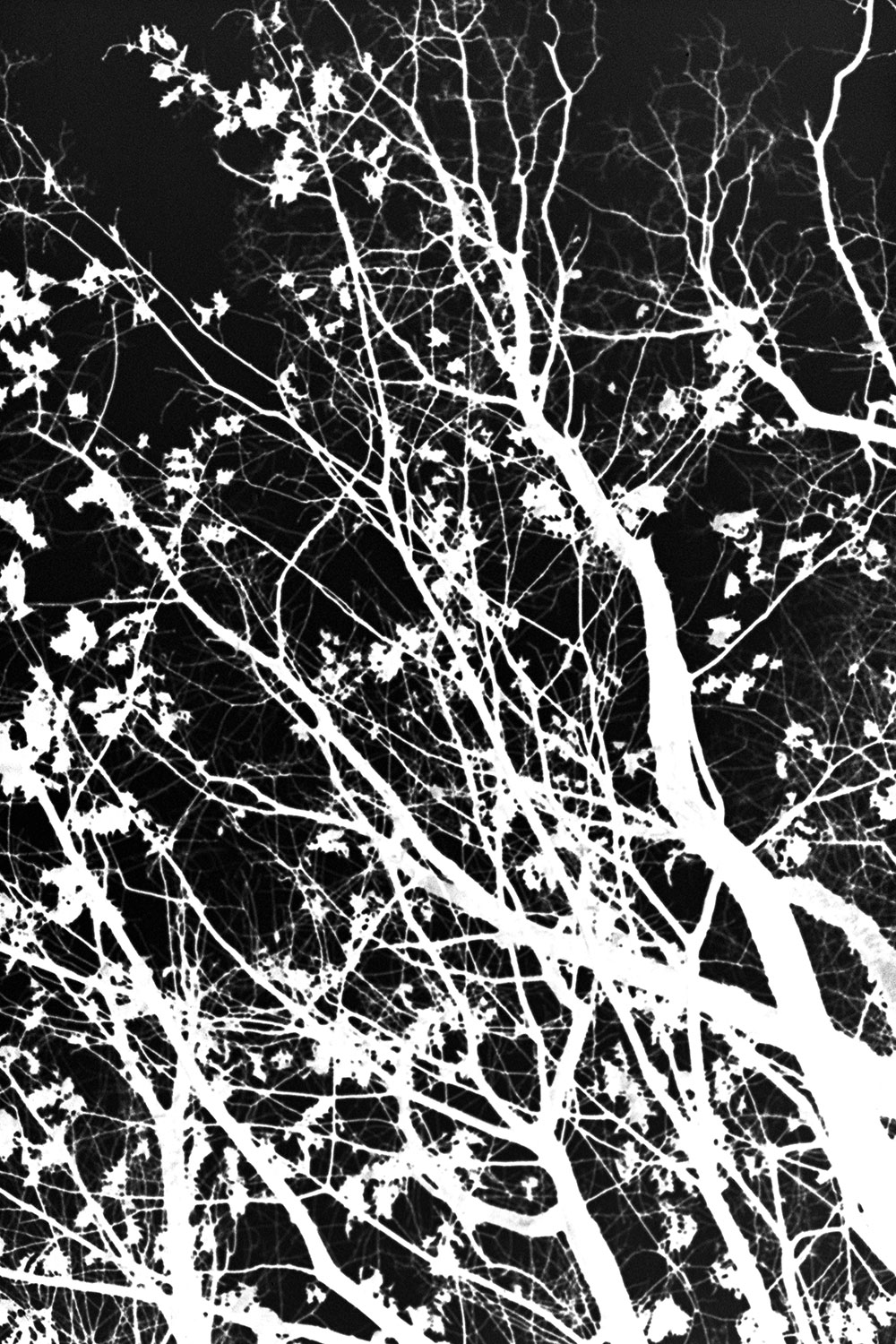














Daniel
March 3, 2021 @ 6:21 pm
Inspiring work Alberto!
It’s like I can almost hear the sound of people walking up and down the stairs and see how they move around. You have such a great style, it’s hard to point out a specific favorite, but I really like number 2, 7 and 8. The ones with the doves flying, can you tell me a bit about it?
Anyway, keep on inspiring with your great photography!
– Daniel
Alberto
June 12, 2021 @ 11:37 pm
Cheers Daniel! Thanks a lot for your kind words, I really appreciate the feedback. Feel free to reach out on Instagram, I’d be happy to connect. Some of your favourites are in-camera double exposures, while the one with the dove was taken in turkey a while ago..
Jose Luis Prats Arango
June 4, 2021 @ 9:12 am
B&W Fence